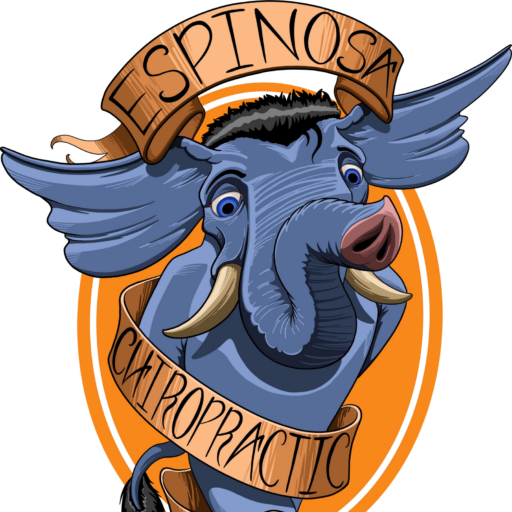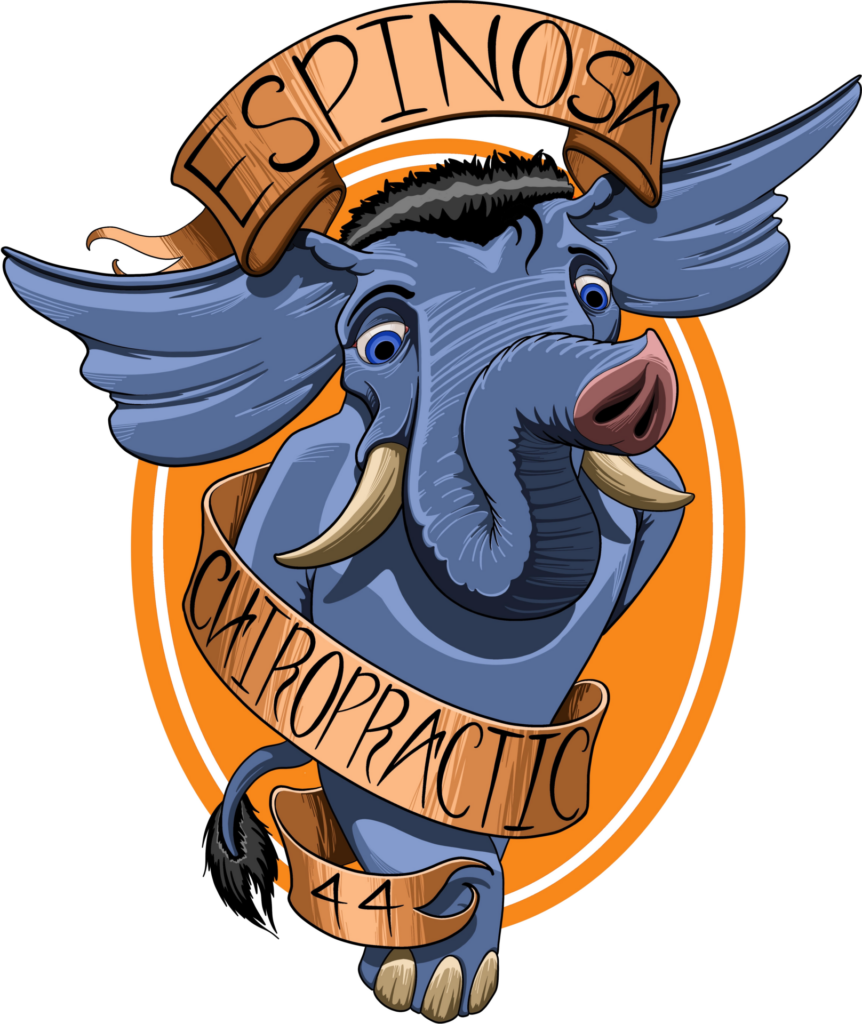Archive for September 2017
What does Spinal Longevity Mean to You?

Taking control of your spinal health begins with thinking to the future
Our spines have finite shelf dates that are inherently shorter than our life spans. The resilience of our spines to compressive forces begins to wane as we grow, and the aches, pains and stiffness begin to set in. When you consider that the spine is a cornerstone of well-being, this is quite a torturous prospect- no one wants an old age filled with back pain, but many of the actions we take in the here and now will condemn us to exactly that. This paradox exists because we are inherently lazy: while no one plans for a crippled old age, the gratification of being sedentary in the here and now allows us to put off thoughts of being proactive about back care until the pain becomes to great to ignore.
Inflammation: When a Friend Becomes a Foe

Inflammation is the body’s natural healing response to injury
Inflammation is a complex physiological response to injury that involves white blood cells releasing chemicals that help protect your body from perceived harmful substances. Such a process involves a rush of blood to the area which often manifests itself as swelling, redness, stiffness and tenderness. It is also a natural part of the repair and rebuild phase of muscle growth- but what happens a natural healing process turns on the body it is trying to heal? Chronic inflammation is implicated in a number of health complications, including arthritis and atherosclerosis. However, before we vilify inflammation completely, we should seek to understand its role as both a healer and a troublemaker, to prevent the hysteria that tends to surround every buzzword in the health world.
Neck Pain: Conservative Care or Painkilling Injections?

The standard medical response to neck pain is to treat it symptomatically
That is why many medical providers will offer painkilling injections to effect significant improvements in pain, allowing people to get on with their lives. This is often prescribed as an intermediate step on the road to surgery, and while we acknowledge its place as effective pain management, we think it fails many people in a key way. Painkillers only treat neck pain symptomatically, rather than detecting and correcting the true cause of the pain.
Why You Want More Postural Transitions

What are postural transitions?
Answer: the movements you make when changing positions. These little movements range from slight adjustments like sitting up straight from slouching, to full postural changes like the transition from sitting to standing. Postural transitions have taken on a whole new gravitas as more and more Americans are transferring into the white collar work scenario. As an office of chiropractic, we wince at any job that asks you to sit for up to 8 hours a day.
- Out of all normal positions you will adopt throughout the day, sitting is the worst position for the human spine: most experts agree that it puts an average of 125kg of pressure on lumbar intervertebral discs.
However, we also realize that if that is how you earn a paycheck, you can use all our help in keeping your body healthy despite the burden of sitting. Postural transitioning is a key way you can do this.
Self-Care for Low Back Pain

Your body is a self-healing machine
Most instances of non-specific lower back pain will heal themselves without the necessity for medical intervention if given enough attention to recovery. Back pain should be closely monitored and any actions that could exacerbate your pain should be avoided; other than that, it is recommended that you carry on a light schedule of motion to prevent the stiffness, loss of muscle and flexibility that actually slows recovery. Movement helps maintain range of motion despite the injury and also contributes to better circulation to keep the nutrients and oxygen flowing to the injurious region that is most in need. Four weeks is a good threshold for self-care; if back pain persists beyond this point, it may be worth investigating your condition further with the help of a medical professional.
Pregnancy and Your Pelvic Floor Muscles

When it comes to pregnancy, no one wants a weak pelvic floor
The pelvic floor is a network of muscles and ligaments located at the bottom of the pelvic cavity. It is an extension of the core muscle network that connects the pubic bone, sit bones and tailbone, which means that it influences a whole range of bodily functions. When it comes to pregnancy, the importance of the pelvic floor multiplies. For a pregnant woman, the main purpose of the pelvic floor is to provide for bowel control and add a layer of strength and support to support and stabilize the spine while accounting for the weight of the growing fetus.
Easy Exercises to Prevent Pain During Pregnancy

Pregnancy benefits from movement
But the aches and pains of pregnancy, especially those in the lower back, can certainly slow you down. The process of physical and hormonal change can feel like an endurance race, testing you in different proportions at different times. That’s why it helps to keep a steady current of movement going throughout the process, to prevent stagnation of body and mind as you head towards your due date. As with starting any new exercise routine, a program of exercise for your pregnancy should be discussed with a health care professional before you start.
